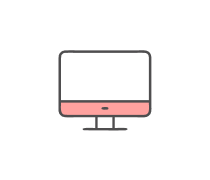Chapter 2 - Installing Solaris 10 Software + Sample Test
- CompTIA A+
- LPI Linux Essentials
2.
You may optionally provide this to label your report, leaderboard, or certificate.
Submit
Submit
Submit
Submit
Submit
Submit
Submit
Submit
×
Thank you for your feedback!
















